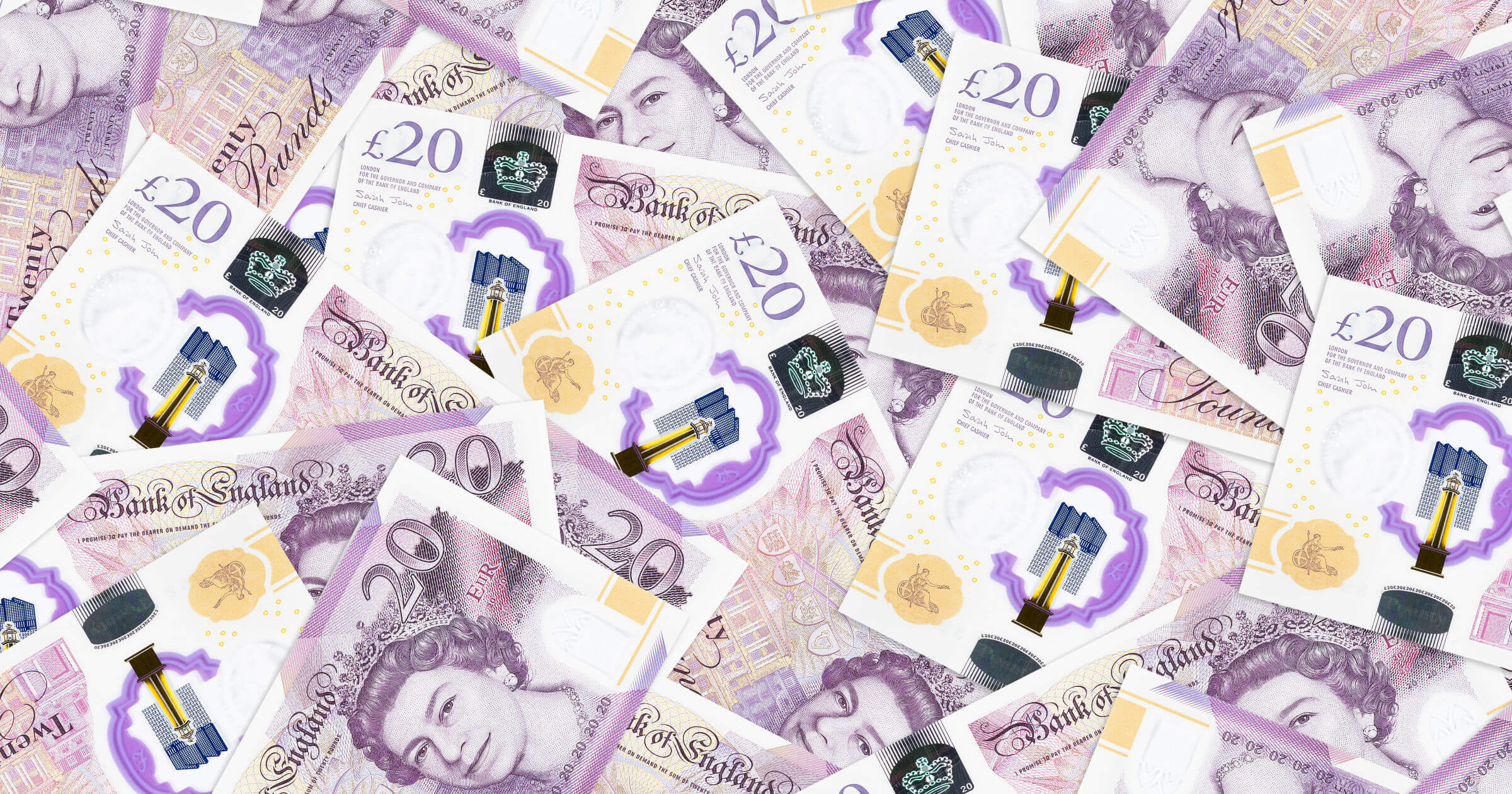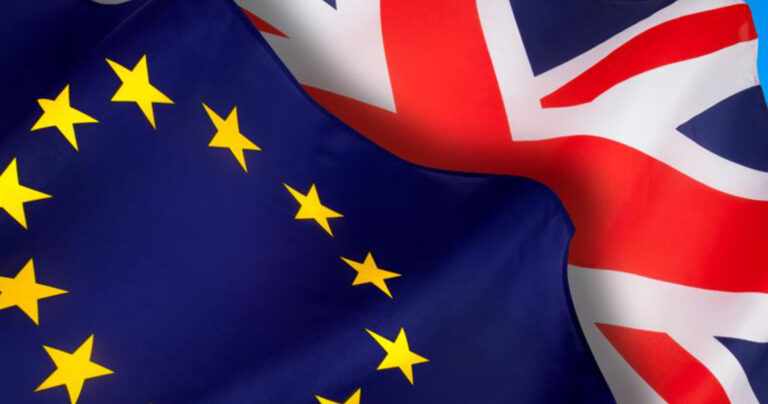Do you know the local milk you buy might cost you different in different countries and thus this can be an indirect effect of the exchange rate? However, the exchange rate can also affect more to employment opportunities.
So, let’s hop on to the basics of what Exchange Rate connotes.
What is the Exchange Rate?
An exchange rate shows you how much your money is worth in another currency. Consider it the cost of acquiring that money in layman’s terms. An estimate of how much one currency is worth in comparison to another. Exchange rates are considered to be “floating” when supply and demand or speculation influence them.
An exchange rate is made up of two parts: a base currency and a counter currency. Because the US dollar is such an important reserve currency, most exchange rates use it as the base currency and the native currency as the counter currency.
If the USD/INR exchange rate is 79.75 rupees per dollar, one USD may be traded for 79.75 rupees in foreign currency markets.
You can both purchase and sell foreign money (for example, while planning a vacation to another country such as when you come back from that overseas trip).
When assessing the exchange rate, it is typically simpler to identify the proper rate if you explain it from your point of view, such as ‘I want to buy or sell’
Look for the ‘bank sells’ rate if you want to convert local money to foreign currency, and vice versa if you want to swap foreign currency for local currency.
The Two Exchange Rate Regimes
The two primary Exchange Rate Regimes categories are explained below. As a result, a country may function under numerous regimes. A currency can be freely floating in one category, but it can also be linked to another currency via a hard peg in another.
The Floating Regime
Exchange rates under a floating system are typically governed by market forces of supply and demand for foreign currency. For many years, the world’s main currencies have employed a floating exchange rate regime.
Because governments and central banks frequently work to make their currency’s price beneficial for international commerce, nations with floating exchange rates nevertheless seek to interfere and control the value of their currency.
The Pegged Regime
The monetary authority fixes its official exchange rate to the currency of another country under a pegged regime, also known as a fixed regime. This will take the form of a currency target or target band at a rate versus the US dollar, the euro, or a basket of currencies.
Despite the fact that the aim may change over time, it offers a clear anchor and currency stability.
In simpler words, Government agencies, through their central banks, decide on a fixed or pegged rate. The rate is determined in relation to another important global currency (such as the U.S. dollar, euro, or yen). The government will purchase and sell its own currency in relation to the currency to which it is tied in order to maintain its exchange rate.
How Remittances influence the Exchange Rate
South Asian nations have seen low inflation during the previous two to three decades, compared to certain high inflation economies in the developing world. The actual currency rate may be a more pertinent choice for the effect of remittances in these nations.
Home products become more expensive as compared to international ones, which reduces foreign demand for them and boosts imports. This may result in a considerable worsening of a nation’s current account balance and an unfavourable rebalancing of tradable-non tradable production.
There are three basic ways in which remittances may impact the actual exchange rate today.
- First, by increasing the nation’s net foreign asset position, remittances might have an impact on the economy’s external balance.
- Second, remittances may also have an impact on the economy’s internal equilibrium, which refers to the effective use of domestic resources like labour and capital.
- Remittances can also influence growth, however, it’s unlikely that this would have a certain effect on the real exchange rate. This leaves us with the last idea of how remittances might influence the actual exchange rate.
Factors that can influence the exchange rate
Commerce is essential to the majority of free market economies across the world, and exchange rates have a significant impact on a nation’s amount of trade. Exchange rates today are therefore among the economic indicators that are closely followed, studied, and subject to political manipulation.
The difference in Interest
An economy with higher interest rates provides lenders with a larger return compared to other nations. Therefore, higher interest rates attract foreign money and cause the currency rate to rise. However, the effect of higher interest rates is lessened if inflation in the nation is significantly greater than in other nations or if other factors contribute to the depreciation of the currency. However, the effect of higher interest rates is lessened if inflation in the nation is significantly greater than in other nations or if other factors contribute to the depreciation of the currency.
Central banks control inflation and exchange rates by adjusting interest rates, which has an effect on both inflation and the value of currencies.
There is a difference in inflation. As its purchasing power rises in relation to other currencies, a nation with a consistently lower inflation rate displays a rising currency value.
Government Debt
Government debt, commonly referred to as public debt or national debt, is owed by the federal government. Government debt decreases a nation’s ability to attract foreign investment, which can result in inflation. Foreign investors will sell their bonds on the open market if the market predicts government debt in a certain country. As a result, its exchange rate will decline in value.
Credit Crunch
In depression, a nation’s interest rates are likely to drop, making it harder for it to attract foreign investment. As a result, its currency depreciates against those of other nations, which lowers the exchange rate.
Trade Balance
The relative difference between a country’s imports and exports is referred to as the balance of trade. A positive trade balance, for example, indicates that a country’s exports outweigh its imports. The influx of foreign cash is greater than the outflow in this situation. When this occurs, a country’s foreign exchange rate reserves increase, allowing it to cut interest rates, which promotes economic development and strengthens the local currency exchange rate.
Stability and effectiveness in politics
A country’s currency strength may be influenced by its political environment as much as its economic performance. As a result, a nation with lower political risk is more enticing to foreign investors, luring capital away from countries with higher political and economic stability. Foreign capital increases the value of the country’s native currency.






